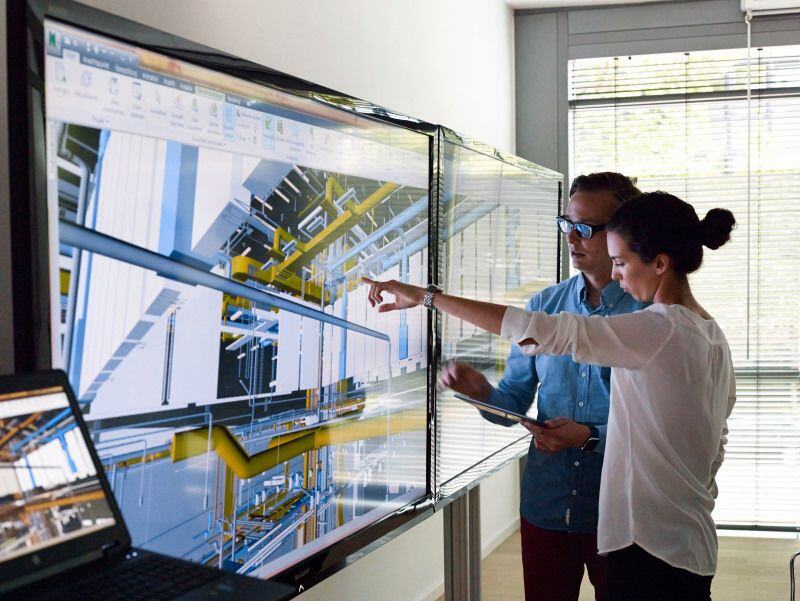The 8 Most Promising Hyperloop Projects in the World (2026)
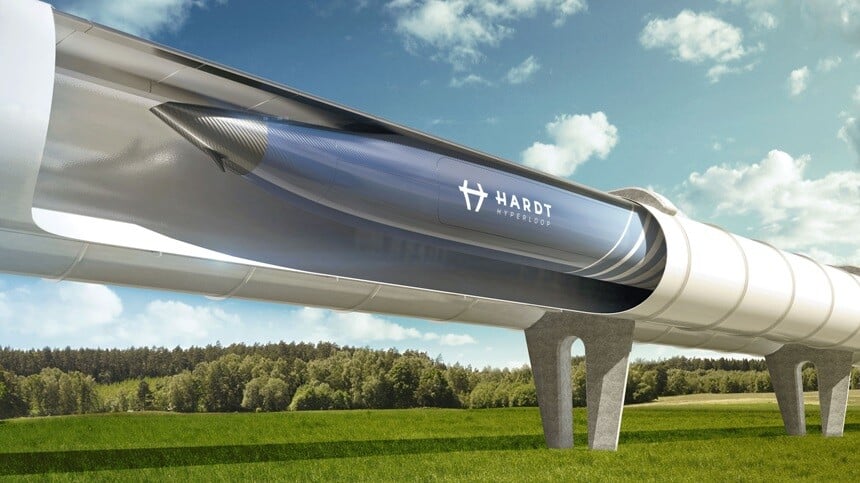
Table of Contents
In recent years, the world has seen remarkable growth in Hyperloop development, transforming the future of transportation. Other than aeroplanes, what mode of transportation can you rely on to propel you faster from one location to another? Well, an idea that Elon Musk has chosen to build upon offers an answer: Hyperloops. From Hyperloop trains connecting major cities to Hyperloop pods revolutionizing intra-city commuting, the potential applications of Hyperloop tech are vast and varied. Now, you must be wondering “What is the Hyperloop?”, we are here to answer that. These capsules, while using a system of vacuum tunnels, are expected to propel the passengers and cargo at supersonic speeds, altering the look of transportation in the near future. Don’t think that is a possibility?
What are ‘Hyperloops’?
Hyperloops are proposed modes of transportation that would be used to move people and things at rapid speeds using a mix of magnetic levitation and air pressure. Speeds up to 700 miles per hour could be reached by Hyperloop pods as they would move through tubes that have been partially evacuated to lessen the air resistance. Entrepreneur Elon Musk first put up the idea of a hyperloop in 2013 as a quicker, safer, and more effective substitute for high-speed rail and flying. Since then, a number of businesses hopped on to the idea and have been developing and testing the hyperloop technology.
To read more about such technology, you can also read about Emerging Trends in Architecture: Shaping the Future.
Potential Benefits of Hyperloop Transportation
Owing to their high speed and sustainability benefits, Hyperloops present some advantages for human and cargo transportation:
-
High Speed:
The most evident advantage of a Hyperloop is that it can transport people and goods at breakneck speeds, cutting travel time between cities to a fraction of what they are now. This will, eventually, also have a positive impact on the connectivity between urban areas.
-
Reduced Congestion:
The idea of a Hyperloop is free from traffic congestion normally found on highways and airports which will make it a reliable and preferred mode of transportation by the urban population.
-
Reduced Costs:
Hyperloops have the potential to reduce the cost of shipping goods over long distances. Furthermore, as more companies have started expressing interest in developing Hyperloop projects, travelling costs may be reduced in order to attract passengers.
-
Improved Safety
Hyperloops operate in a controlled environment with no other vehicles or obstacles in their way, making them a potentially safer mode of transportation than other alternatives.
-
Energy Efficiency
As magnetic energy and sealed tubes are the forces that would propel Hyperloops, the dependency on fuels will reduce to zero and energy from natural sources like the wind and solar energy will be preferred.
Hyperloops vs High-speed Rail
High-speed rail, which includes bullet and maglev (Magnetic Levitation) trains, are currently the fastest rail systems in the world, with China's Shangai Maglev train reaching a top speed of 311 miles per hour. Hyperloop technology, on the hand, differ from high-speed trains in the following ways:-
Hyperloop would be much faster, reaching speeds of up to 700 miles per hour.
-
It is also said to be less expensive to build and travel.
-
There are going to be no stops during a trip in a hyperloop.
-
Continuous power is required to propel maglev trains through the track whereas hyperloops would not require the power to be continuous.
-
When it comes to capacity, hyperloops would be able to carry fewer passengers than high-speed trains.
Most Promising Hyperloop Projects in the World
1. Virgin Hyperloop
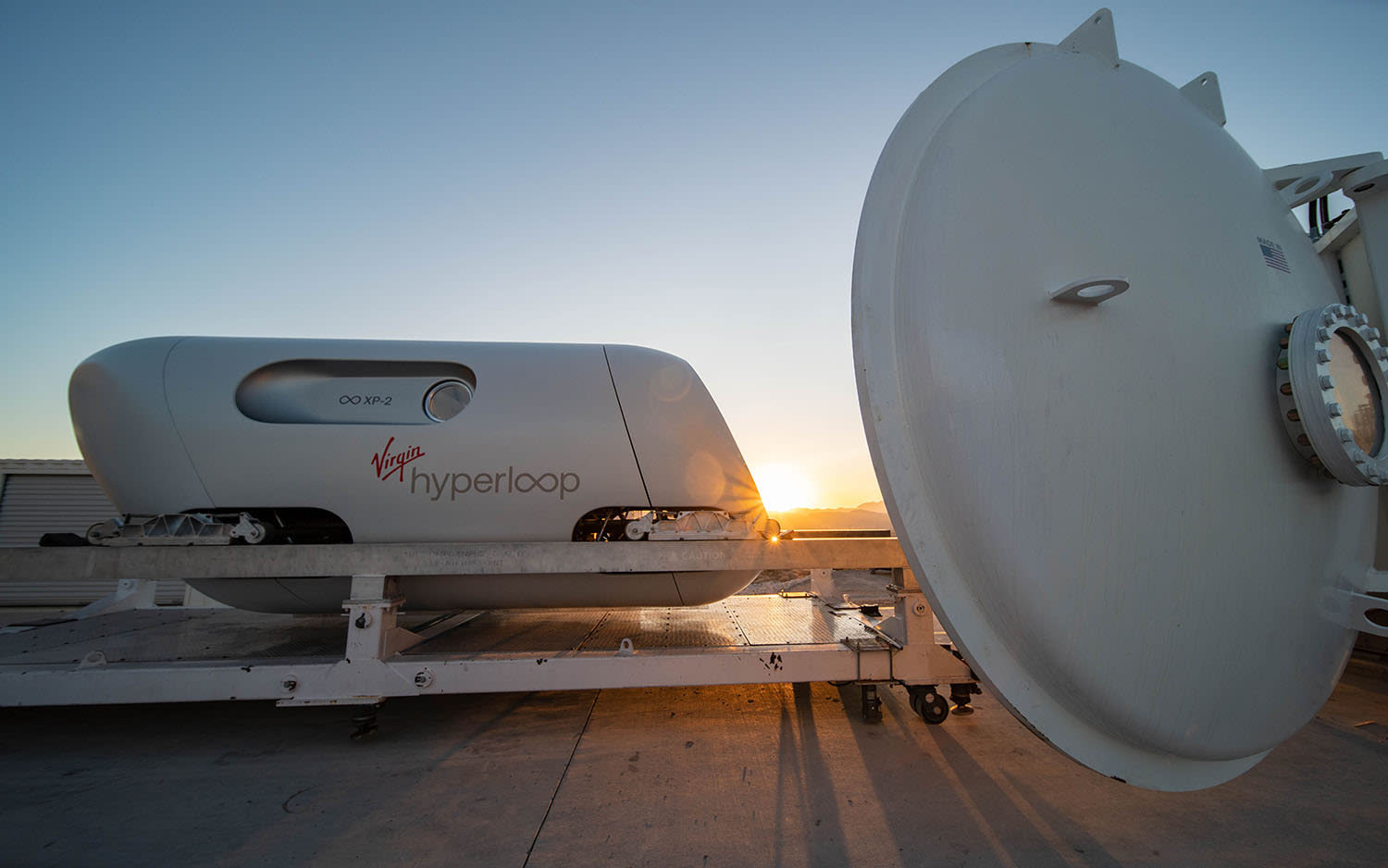
Virgin Hyperloop is a company that was established in 2014 with the goal of developing and promoting hyperloop technology. The company is supported by Sir Richard Branson's Virgin Group and is now working on a number of international projects which cover the area of West Virginia, India, Saudi Arabia, and Dubai. Taking the example of the proposed Mumbai-Pune hyperloop project in India, the travel time using the hyperloop speed is said to reduce from 3 hours to just 35 minutes.
2. Hyperloop Transportation Technologies
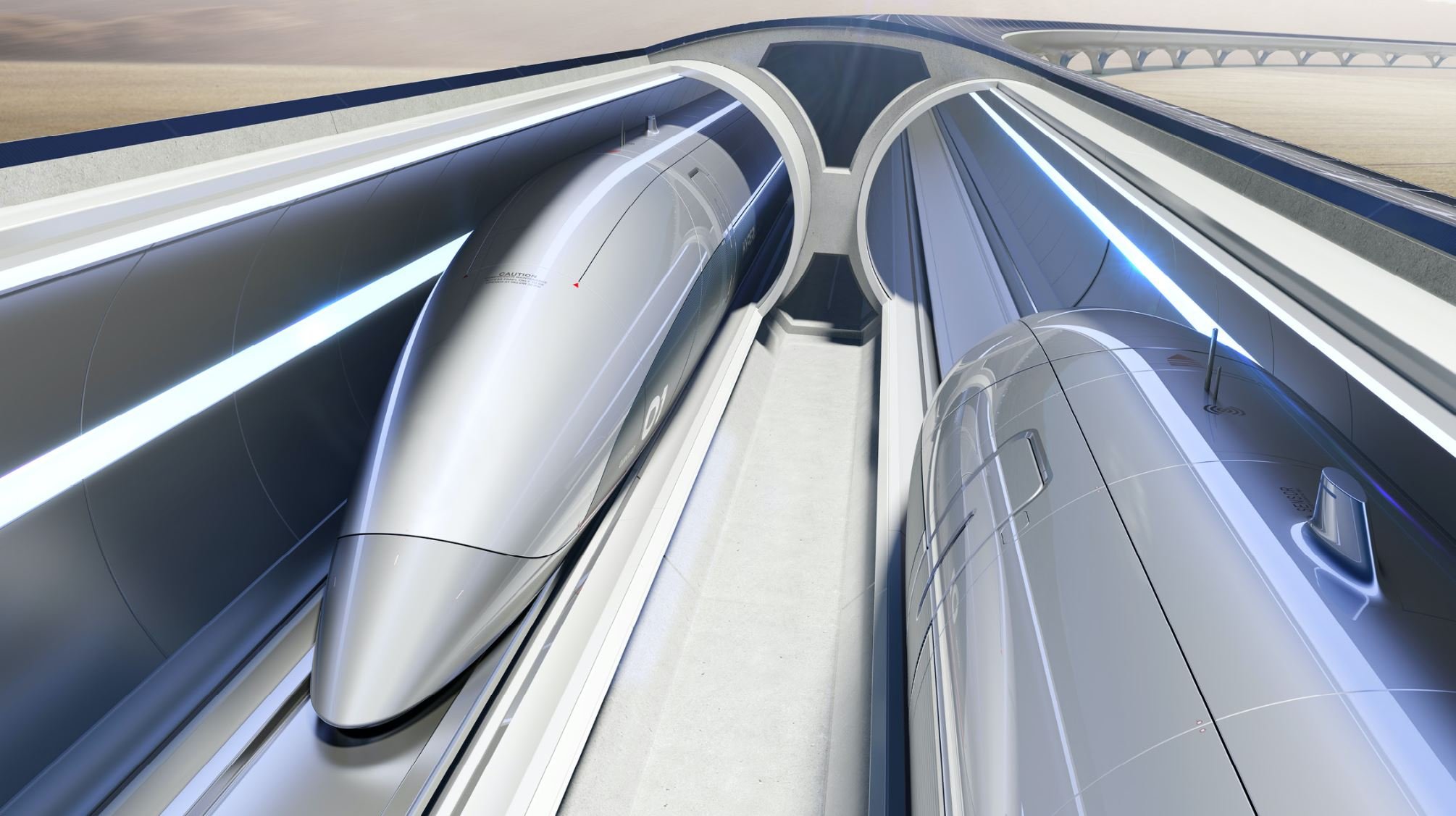
This California-based research firm, also known as HyperloopTT, focuses on reducing speed and congestion constraints in transportation networks, using hyperloop speeds with hyperloop technology. Its projects are spread across the United Arab Emirates (UAE), Ukraine, and the United States. The commercial prototype and visitor center for the hyperloop project between Abu Dhabi and Dubai is already under construction in Abu Dhabi, marking phase one for a much broader hyperloop project which reduces the travel time between the two locations from almost 1.5 hours to just 12 minutes.
Read More: Architecture Thesis Projects: A Comprehensive List of 30 Topics to Pick From (Updated 2026)
3. The Boring Company

Elon Musk’s Hyperloop company, the Boring Company, has proposed an ambitious transportation system in Las Vegas that would transport passengers in electric vehicles at speeds of up to 150 miles per hour. They have already completed building a 6.5 mile test tunnel that would implement hyperloop technology in Hawthorne, California and the hyperloop is said to reduce the time of travel between Washington DC to New York to less than 30 minutes which would otherwise be 1 hour 20 minutes by plane.
4. TransPod

This Canadian Company has the vision to develop inexpensive and sustainable high-speed transportation connecting people, cities and businesses. Having offices in Canada, France and Italy, it has proposed a hyperloop transportation system running between Toronto and Montreal. The travel time by train between these two cities is about 4 hours which is said to considerably reduce to 45 minutes by incorporating the Hyperloop technology.
5. DP World Cargospeed
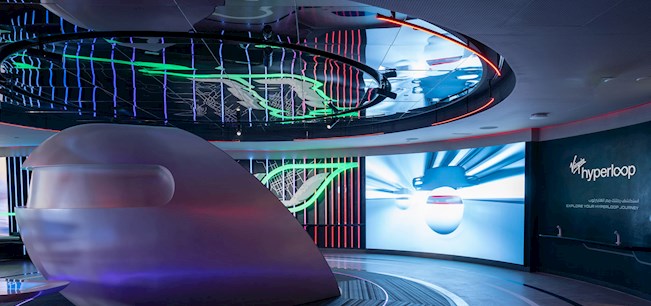
DP World Cargospeed is a result of a collaboration between DP World and Virgin Hyperloop which initially focused on transporting essential goods like medical supplies and electronics, to be delivered at speeds up to 620 miles per hour with hyperloop technology. It is said to reduce the 2-hour travel time between Dubai and Abu Dhabi to just 40 minutes. They have victoriously completed the World’s first human hyperloop travel on a 500-meter track.
6. Hardt Hyperloop
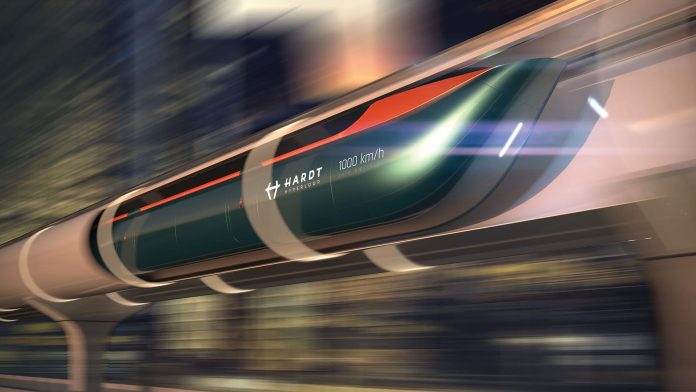
Hardt Hyperloop, based in the Netherlands, aims to develop a sustainable, fast and affordable mode of transportation that is accessible to everyone. Its full-scale test facility in the Netherlands is conducting research and development on Hyperloop technology and claims to reduce the transport capacity by 50% of the space used by road and rail.
Read More: Top 6 Innovative Architectural Mega Projects Around the World
7. Zeleros Hyperloop
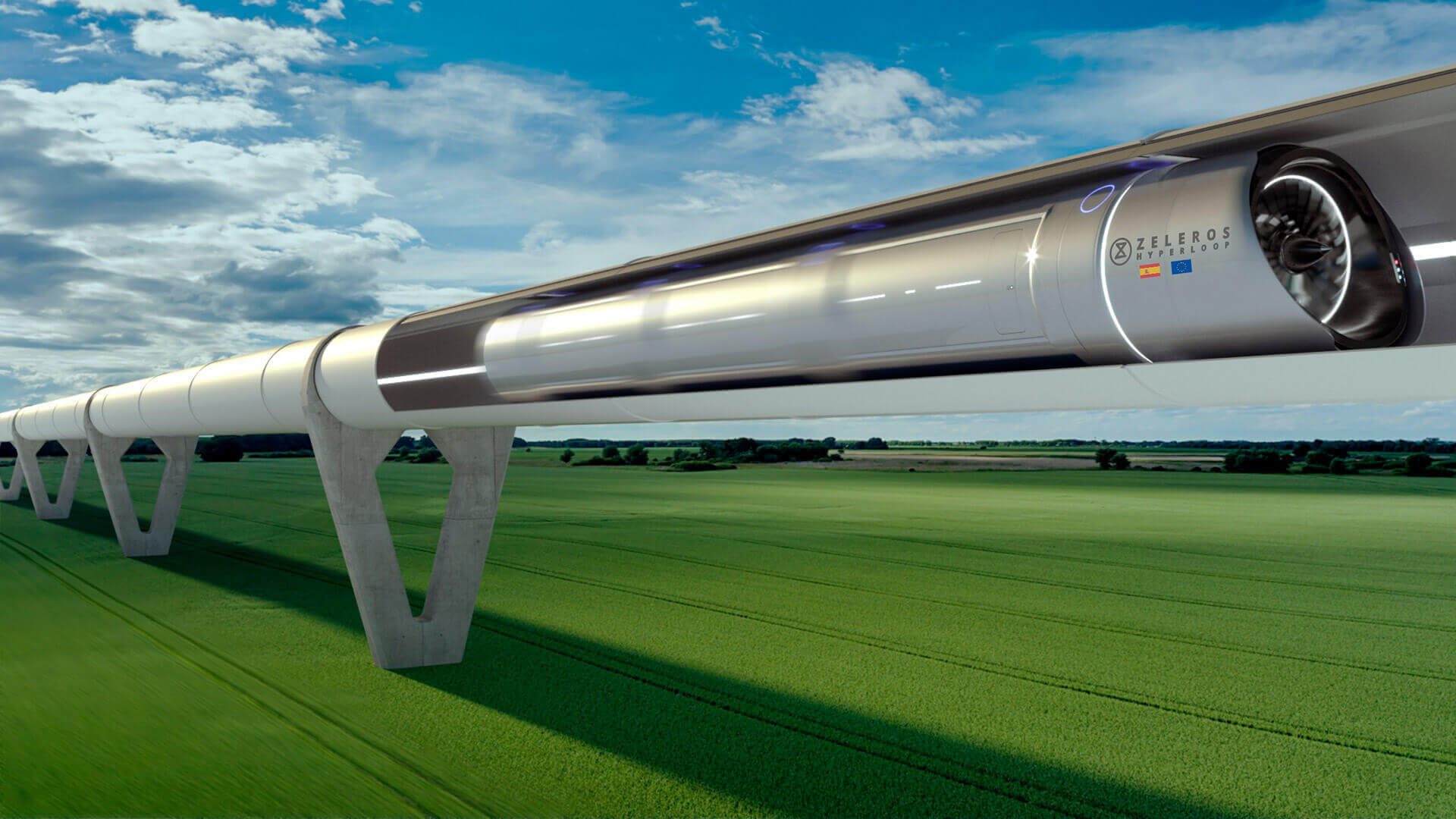
Zeleros Hyperloop, a Spanish Company, has its roots in the idea of designing hyperloop vehicles that would provide high-speed and zero-emissions intercity transportation of people and cargo. They have successfully tested their technology in a prototype system and are currently developing a full-scale hyperloop system. One of Zeleros Hyperloop's distinguishing features is that they are developing a standardized hyperloop infrastructure that can be easily integrated into the existing transportation systems. This could make the hyperloop technology widely accessible and affordable.
8. DGW Hyperloop
DGW Hyperloop, established as Asia’s first Hyperloop venture in India, introduced development of the Hyperloop system in the country in 2016. It has already completed its feasibility study of Delhi-Mumbai Hyperloop Corridor (DMHC) and aims to transport passengers between these two cities, from 3 hours to 62 minutes. Work is being carried out with the local and state governments to accelerate the process.
Challenges
While the concept of Hyperloops promises a future of more accessible, faster, secure, and efficient means of transport than the ones we have today, it is still a far-fetched dream. The challenges it poses are few but significant ones.-
Safety: To protect passengers and cargo, the hyperloop must meet stringent safety standards. The vacuum-sealed tube must be able to withstand external factors such as natural disasters, terrorist attacks, or mechanical failure.
-
Finances: Developing a suitable infrastructure including tunnels, stations, and support systems for this technology, would demand massive investments from governments and private companies.
-
Regulations: To address issues such as safety standards, licensing, liability, and insurance, governments would have to create new regulatory frameworks.
-
Public Perception: To address public perception issues for this new concept, transparency, education, and engagement will be required to build trust in hyperloop technology and its potential benefits.
Read More: 10 Awesome BIM Projects Around the World You Can't Miss
Conclusion
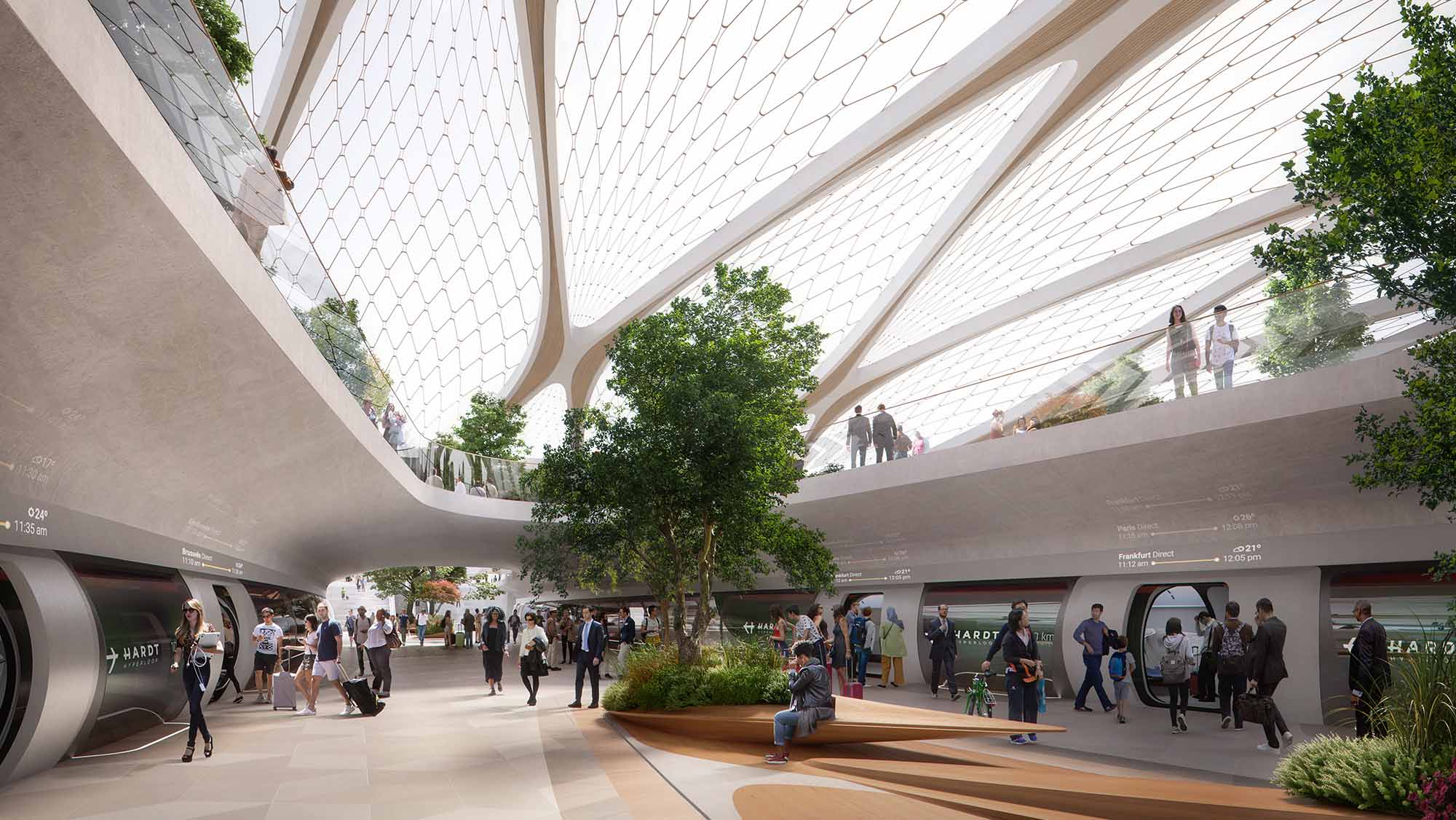
To summarise, hyperloops are an exciting new transportation technology with the possibility of revolutionizing the way we travel. Hyperloops are futuristic modes of transport; with speeds of up to 1000 km/h, they have the potential to significantly reduce travel time and reduce the environmental impact of the transportation infrastructure. The development of the hyperloop technology, on the other hand, faces numerous challenges. These challenges will necessitate significant public and private sector investment, collaboration, and innovation. Only after overcoming these would we be able to clearly picturise ourselves travelling in these supersonic capsules over vast distances.
Hyperloops will also have an impact on the future of architecture, proposing new urban typologies as a result. Vertical mixed-use neighbourhoods, for example, could be built around hyperloop stations, with residences, offices, and public spaces all integrated into a single structure. Land-use patterns would also be affected by new developments and activities clustering around hyperloop stations. This could affect land values, real estate markets, and investment patterns.
Brace yourselves up for the future of architecture.
Explore Masters in Computational Design course offered by Novatr. This course helps you understand the subject theory, master advanced tools, and build your expertise. The course helps you:
- Become a Computational Design Specialist in just 8 months of part-time, online study.
- Learn from industry experts working at top firms like ZHA, Populous, and UNStudio.
- Master 6+ software, 15+ plugins and industry workflows.
- Build a core specialization in High-Performance Building Analysis or Computational BIM Workflow.
- Get placement assistance to land jobs in globally operating firms.
Get your hands on Parametric Design softwares to be able to use your skills to advance yourself with the fast-changing developments that may occur due to hyperloop technology.
Understand how BIM can help your career!
Speak with an Expert Now!
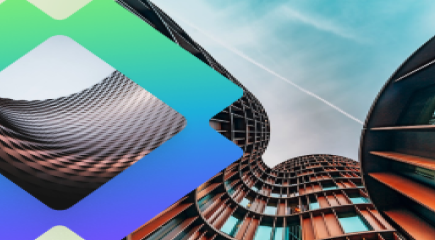
Subscribe to Novatr
Always stay up to date with what’s new in AEC!
Get articles like these delivered to your inbox every two weeks.

 Thanks for connecting!
Thanks for connecting!
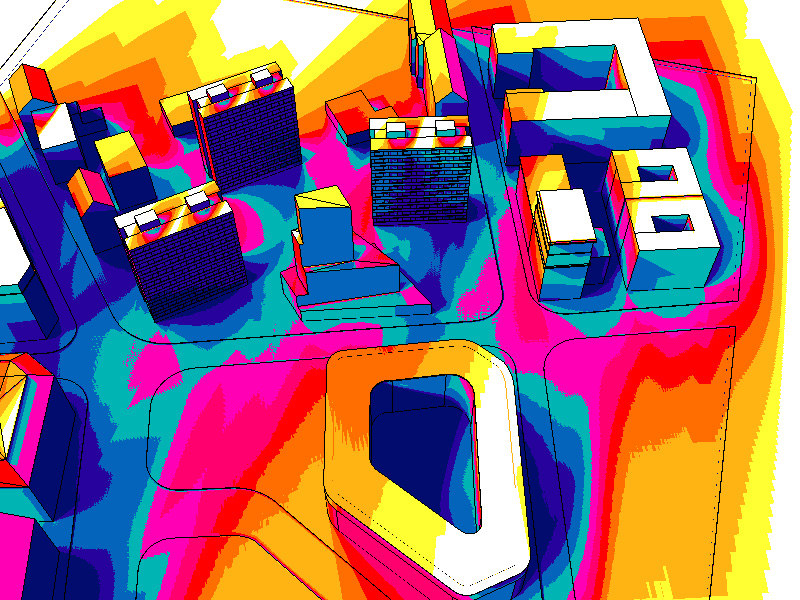

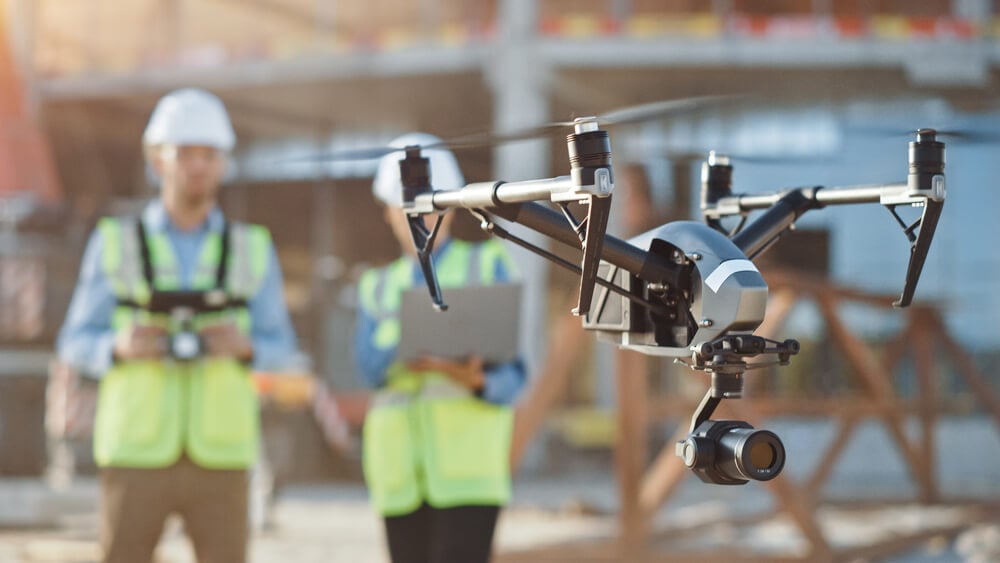
.png)

